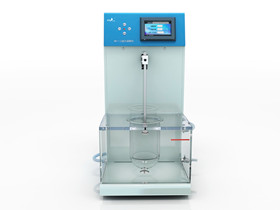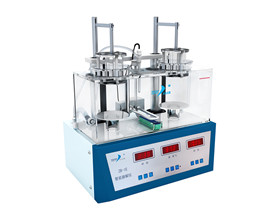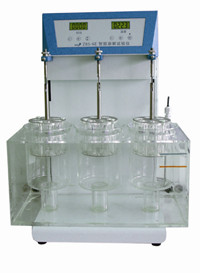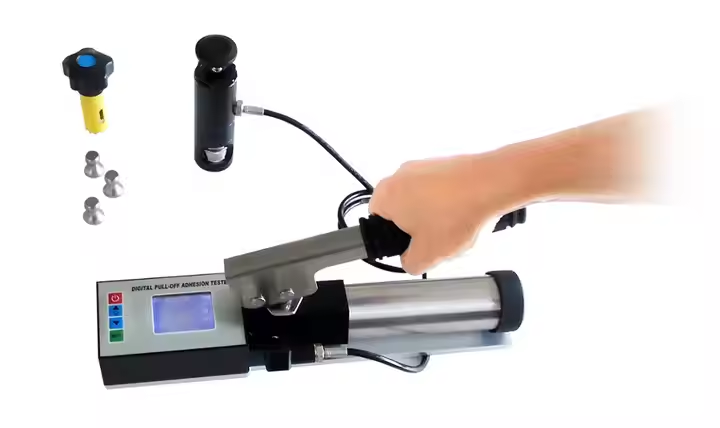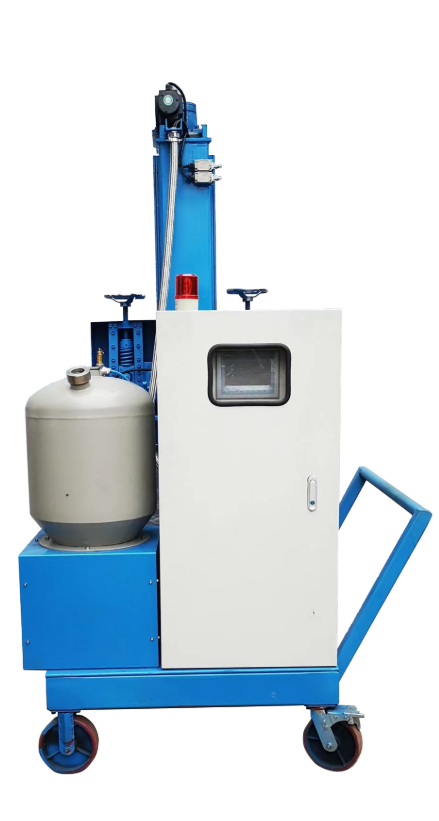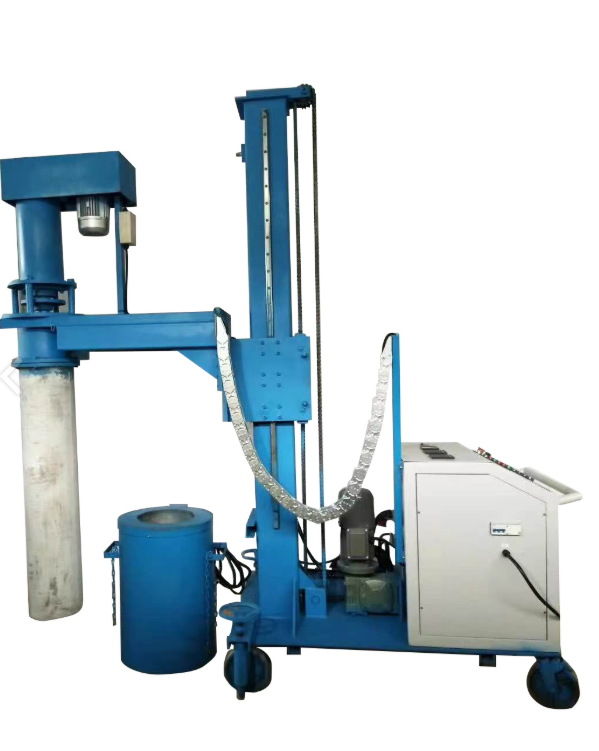Catheter Burst Pressure Tester
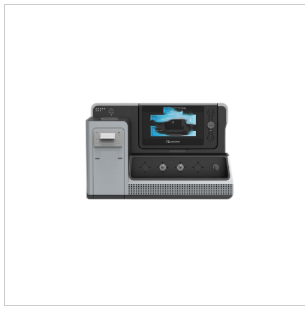
Main Uses of the Catheter Burst Pressure Tester
The catheter burst pressure tester is a key device used to evaluate catheter performance in the medical field. Its main uses include: - **Evaluating Catheter Pressure - Resistance Performance**: By simulating high - pressure conditions in actual usage scenarios, gradually increasing the pressure applied to the catheter until it bursts, and recording the pressure at which the catheter bursts, the pressure - resistance performance of the catheter can be evaluated. - **Quality Control**: During the production process of catheters, the tester can be used in the quality - control process. It helps manufacturers conduct performance tests on each batch of catheters to ensure that every catheter meets the quality standards. - **Medical Device R & D**: In the R & D stage of medical devices, the tester can be used to evaluate the performance of catheters made of different materials and with different design schemes in high - pressure environments, providing a basis for the optimized design of products. - **Third - Party Testing and Certification**: The tester is also widely used in third - party testing institutions and quality certification institutions, providing technical support for the certification and quality inspection of medical devices.
Compliance Standards
YY/T 1536 - 2017 YY 0285.1 - 2017, etc.
Technical Parameters
- **Testing Accuracy**: With a high - precision measurement system, the error is generally not more than ±2%FS (full - scale error). This ensures the accuracy and reliability of the test results. - **Testing Flow**: Some testers may have the function of testing flow, and the flow range is generally 0 - 500ml or other applicable ranges. Flow testing helps evaluate the performance of catheters during power injection. - **Water Bath Temperature**: During the testing process, the water bath temperature is generally controlled at 37°C±1°C or 37°C±2°C to simulate the human body temperature environment. This helps ensure the accuracy and comparability of the test results. - **Data Recording and Display**: The tester should have a data - recording function and be able to store multiple groups of test data. Meanwhile, the test data should be presented in the form of charts or curves to enable users to intuitively understand the performance of catheters. - **Automated Control**: Some testers are equipped with automated control systems, which can automatically complete the testing process and reduce errors caused by human operations. This improves the testing efficiency and accuracy.

Leave Message Get Price





